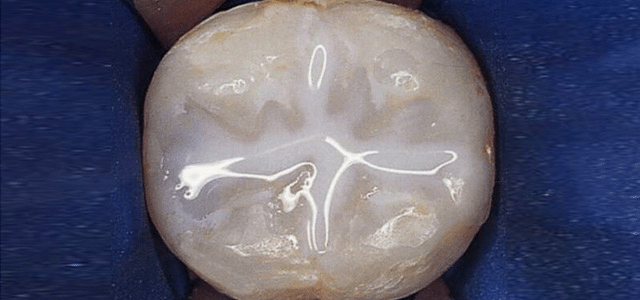
Every dentist wants to ensure children’s teeth are as healthy as possible, and one of the first preventive measures they usually recommend is dental sealants.
In fact, The American Academy of Pediatric Dentistry recommends placing dental sealants on the first and second set of permanent molars, which generally come in at 6 and 12 years of age.
But what are dental sealants, how do they work, and why should you choose them for your child?
Dental sealants are hardened plastic shields, placed on the chewing, or occlusal, surface of molars and pre-molars, which seal the surface of the tooth.Sealants work by keeping food and other bacteria-causing material from getting trapped in the tooth and causing decay — which can ultimately lead to cavities.
In one study, kids who received sealant treatment had half the tooth decay of children who brushed regularly but didn’t have sealants.
The cost for dental sealants is modest, roughly $30 to $40 per tooth, and is usually covered by dental insurance. The sealants can last anywhere from 5 to 10 years.Dental sealants were first given approval by the ADA in 1976, and while in the past there had been questions about the use of sealants and if they can be used safely, a new study concludes that sealants are safe if dentists make sure to rinse or wipe away residue after treatment. The journal Pediatrics states that the benefits sealants provide in preventing cavities outweigh any possible risks.
Sealants can help prevent food from getting into the places where a child might have difficulty brushing. Without a sealant, it is more likely that your child could develop a cavity in an otherwise unprotected tooth. Cavities require fillings, which run the risk of failure over time.If you want to give your child’s molars the best protection against potential cavities, dental sealants are a great place to start. Ask your child’s dentist about the possibility of sealants for your child.
